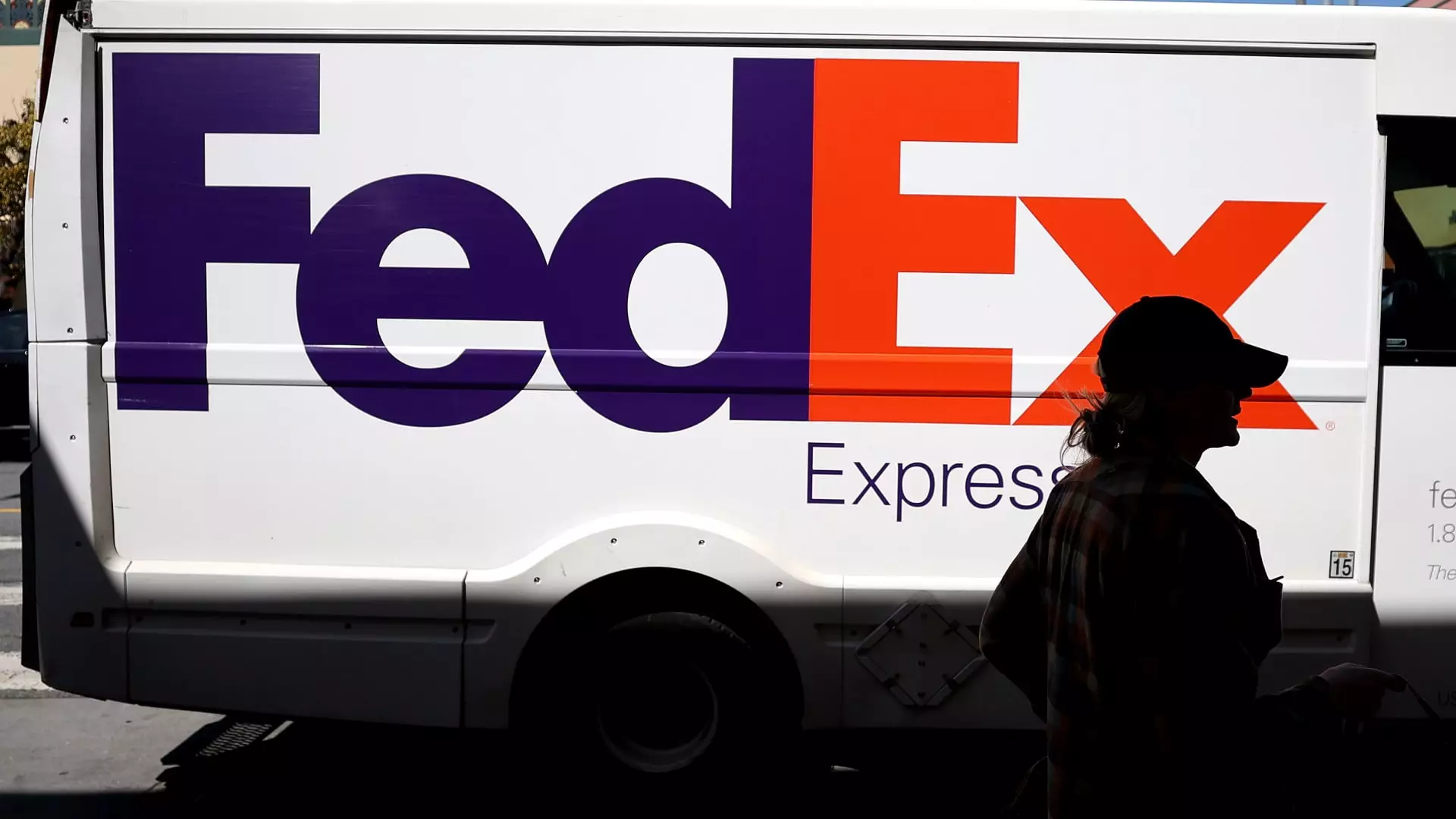FedEx witnessed a significant increase in its shares by over 15% in after-hours trading following the release of its fiscal fourth-quarter results. The company exceeded analyst expectations in both earnings and revenue, with earnings per share coming in at $5.41 adjusted compared to an expected $5.35, and revenue reaching $22.11 billion against an estimated $22.07 billion. Despite the positive quarterly performance, FedEx reported a decrease in full-year revenue from $90.2 billion to $87.7 billion. This decline raised concerns among investors and analysts about the company’s long-term growth prospects.
To address the revenue decline and maintain profitability, FedEx has embarked on a cost-cutting initiative aimed at reducing expenditures by $4 billion by the end of fiscal 2025. The company’s DRIVE transformation program has been pivotal in achieving this goal, with $1.8 billion in structural costs already eliminated in fiscal year 2024. CEO Raj Subramaniam expressed confidence in FedEx’s ability to achieve the remaining $2 billion in cost reductions through the consolidation of its air and ground services. The company expects these measures to drive margin improvement and enhance financial performance in the coming years.
FedEx is banking on the growth of e-commerce to drive revenue expansion in fiscal 2025. Chief Customer Officer Brie Carere highlighted the increasing importance of e-commerce relative to traditional business-to-business (B2B) transactions. She emphasized the potential of e-commerce to outpace B2B growth and play a significant role in bolstering FedEx’s operations both domestically and internationally. The company’s strategic focus on e-commerce aligns with evolving consumer trends and market dynamics, positioning FedEx for sustained growth in the digital age.
As part of its cost-saving efforts and operational streamlining, FedEx announced the consolidation of its delivery companies into a unified Federal Express Corporation. This consolidation is slated to commence in June 2024, with the combined segments expected to drive adjusted income and margin improvement in fiscal year 2025. Finance chief John Dietrich underscored the anticipated benefits of this consolidation, signaling a more efficient and cohesive operational structure for FedEx moving forward. The company’s consolidation efforts reflect a proactive approach to optimizing its delivery services and adapting to changing market conditions.
Despite the positive developments and strategic initiatives, FedEx faces several challenges that could impact its financial performance in the near term. The loss of its U.S. Postal Service contract to rival United Parcel Service (UPS) represents a significant setback, with an estimated $500 million headwind expected in fiscal 2025. The transition of USPS’s primary air cargo provider from FedEx to UPS raises concerns about the company’s revenue stream and operational capabilities. Additionally, the Express segment’s stagnant margins and operational challenges pose obstacles to sustainable growth and financial stability for FedEx.
Looking ahead, FedEx remains cautiously optimistic about its prospects for fiscal 2025 and beyond. The company expects moderate improvement in the demand environment, driven by factors such as e-commerce growth and cost-saving initiatives. With a strategic focus on enhancing operational efficiency, expanding revenue streams, and addressing key operational challenges, FedEx aims to position itself for sustained success in a dynamic and competitive market landscape. Despite the headwinds and uncertainty ahead, FedEx’s long-term vision and commitment to innovation could pave the way for continued growth and value creation for its stakeholders.

